EN

Inspired by architectural experiments with social concerns that took place in Latin America from the 1960s onwards, it was during the summer of 1974 that the Local Ambulatory Support Service (SAAL) was set up in Portugal.
Between 1974 and 1976, a group of architects and architecture students, but also social workers, liaising directly with residents' committees, embarked on a project to improve the housing conditions of the population throughout the country. In Porto, Bairro da Bouça (Cooperativa das Águas Férreas) was one of the neighbourhoods built under SAAL, with an architectural project by Álvaro Siza Vieira.
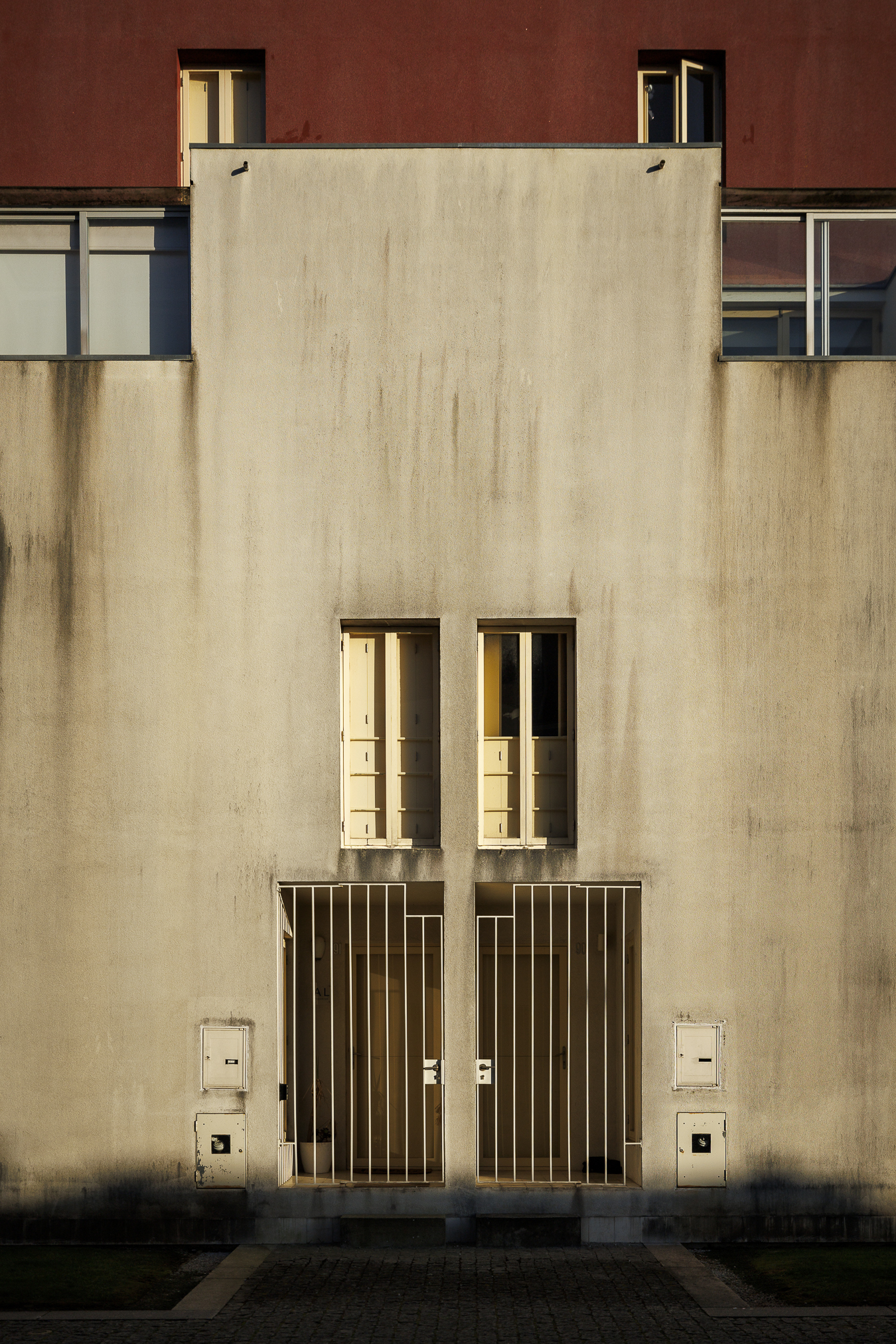
© Guilherme Costa Oliveira
The Bairro da Bouça, which stretches from Rua da Boavista to Lapa metro station, has its back to a railway embankment, which motivated the architect to develop an ‘exaggerated double wall’ as a form of protection to contain the noise. ‘The whole complex is bordered by a reinforced concrete wall the height of the housing blocks. On the opposite side, the blocks are finished off with loose, geometrically shaped volumes that establish the link between the new complex and the surrounding urban fabric.’
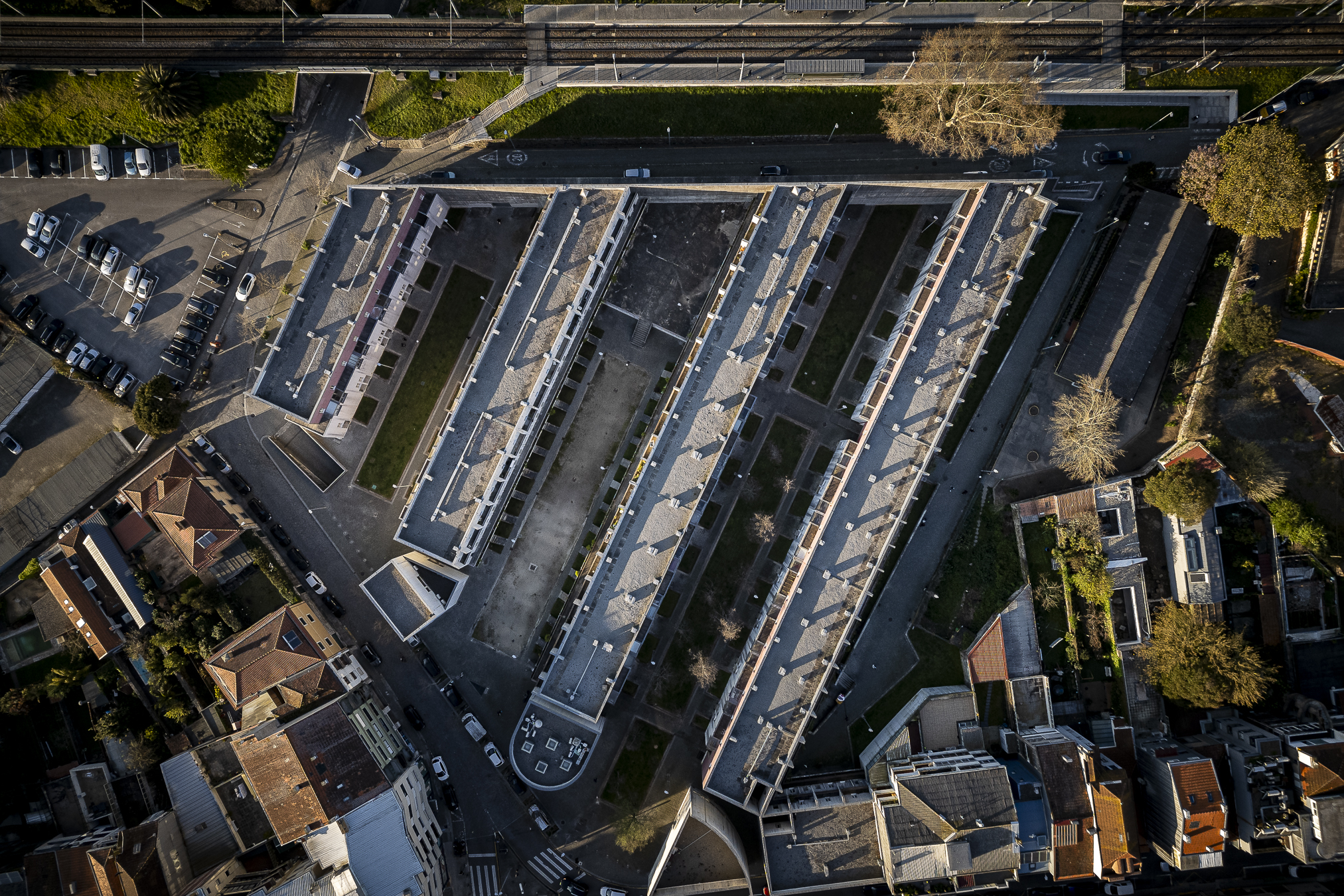
© Guilherme Costa Oliveira
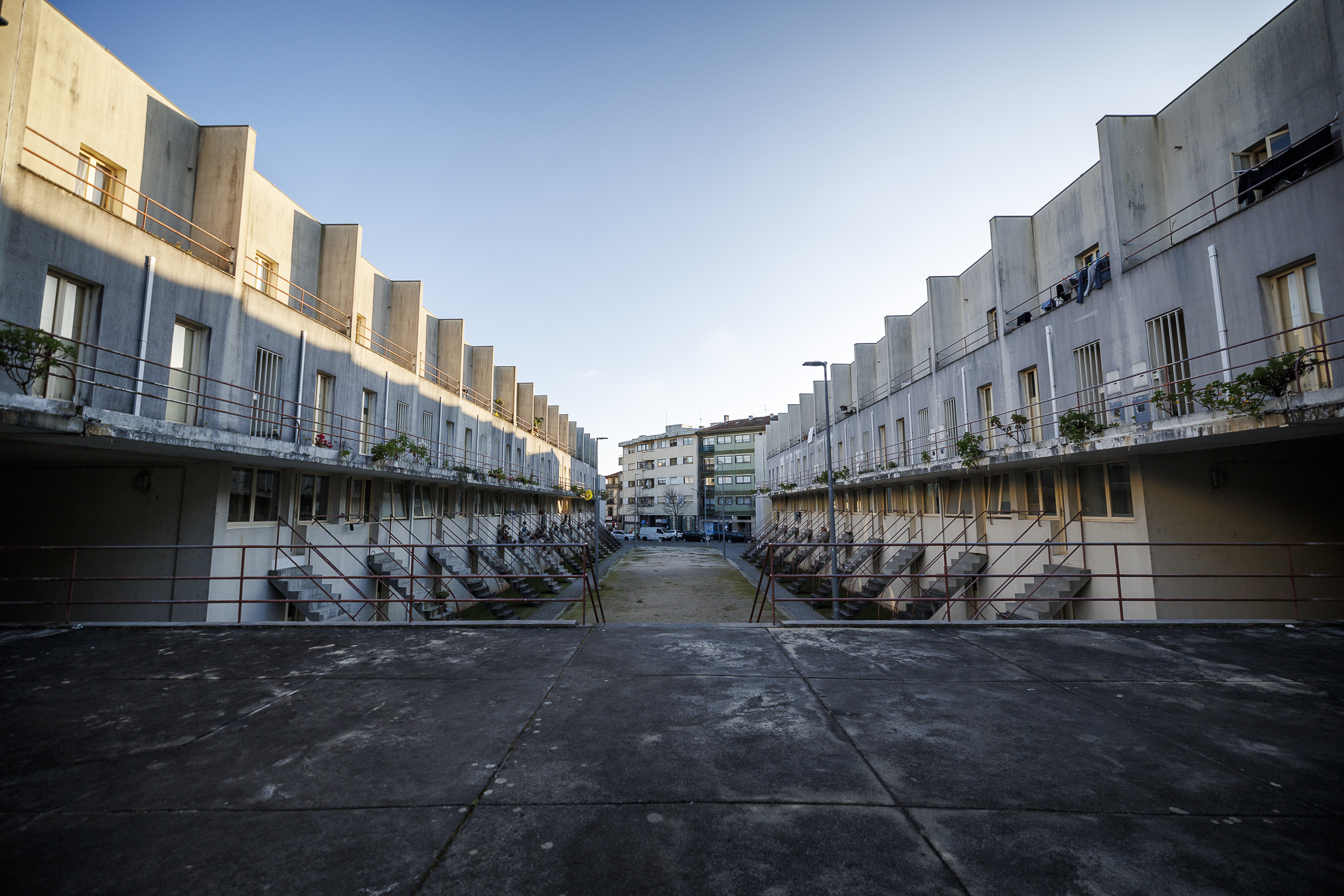
© Guilherme Costa Oliveira
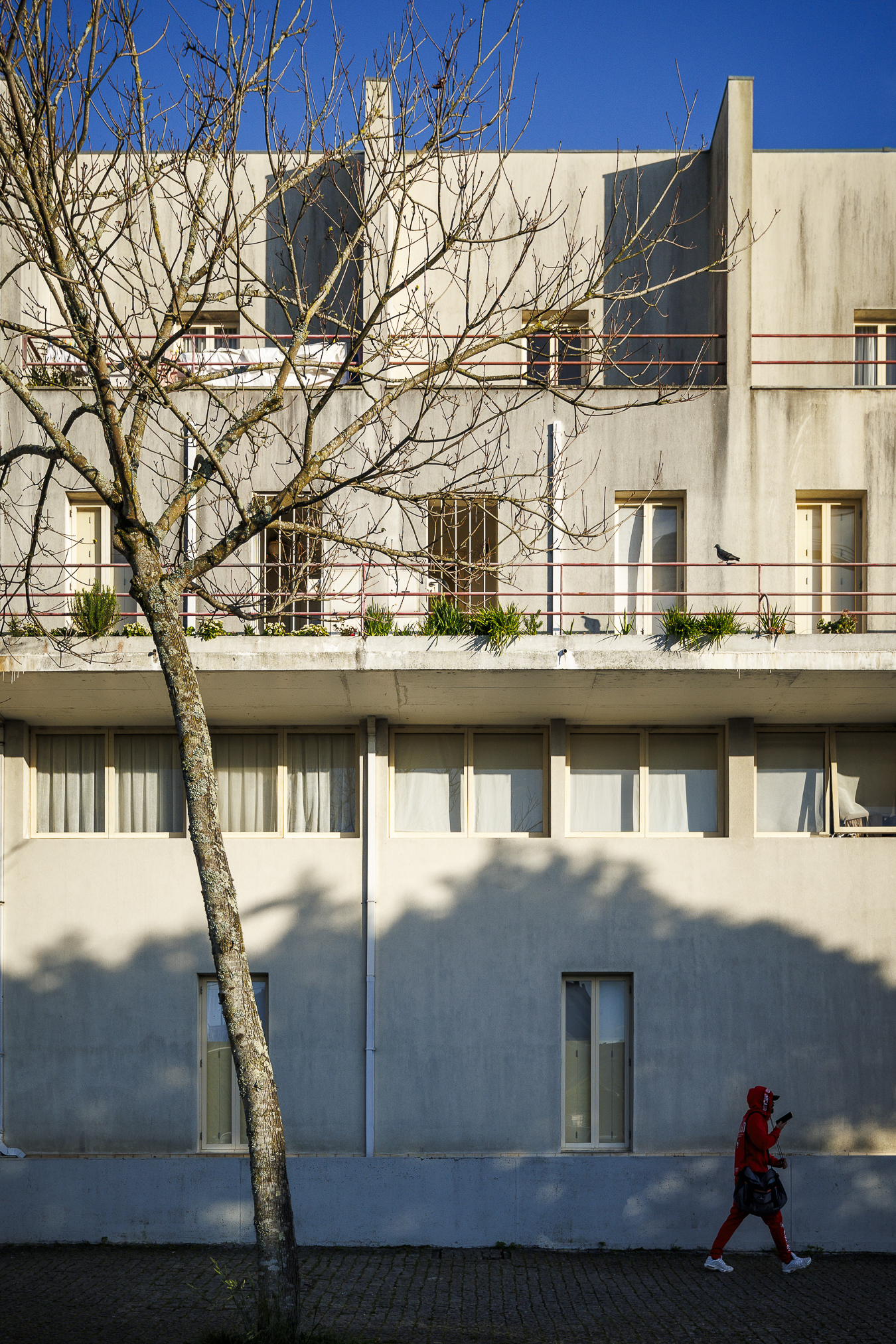
© Guilherme Costa Oliveira
Bairro da Bouça went through several stages of construction, with the project appearing before 25 April of 1974, as part of the Housing Development Fund, and then being included in the SAAL operation in 75. One of the details of the SAAL operations was that the works were debated with the residents. Of Bouça's initial plan, which included the construction of four housing blocks, only two were built at the time.
SAAL ended at the end of 1976, ‘for economic, ideological and political reasons’, which led to the interruption of work in Bouça (at the time, 56 of the 128 houses planned had been completed). The rehabilitation of the old blocks and the completion of the project, with 72 new homes, were only resumed in April 2004 and were finalised in 2006.
Bairro da Bouça is one of the eight works by Siza Vieira located in Portugal that are part of the UNESCO World Heritage nomination, submitted in 2023.
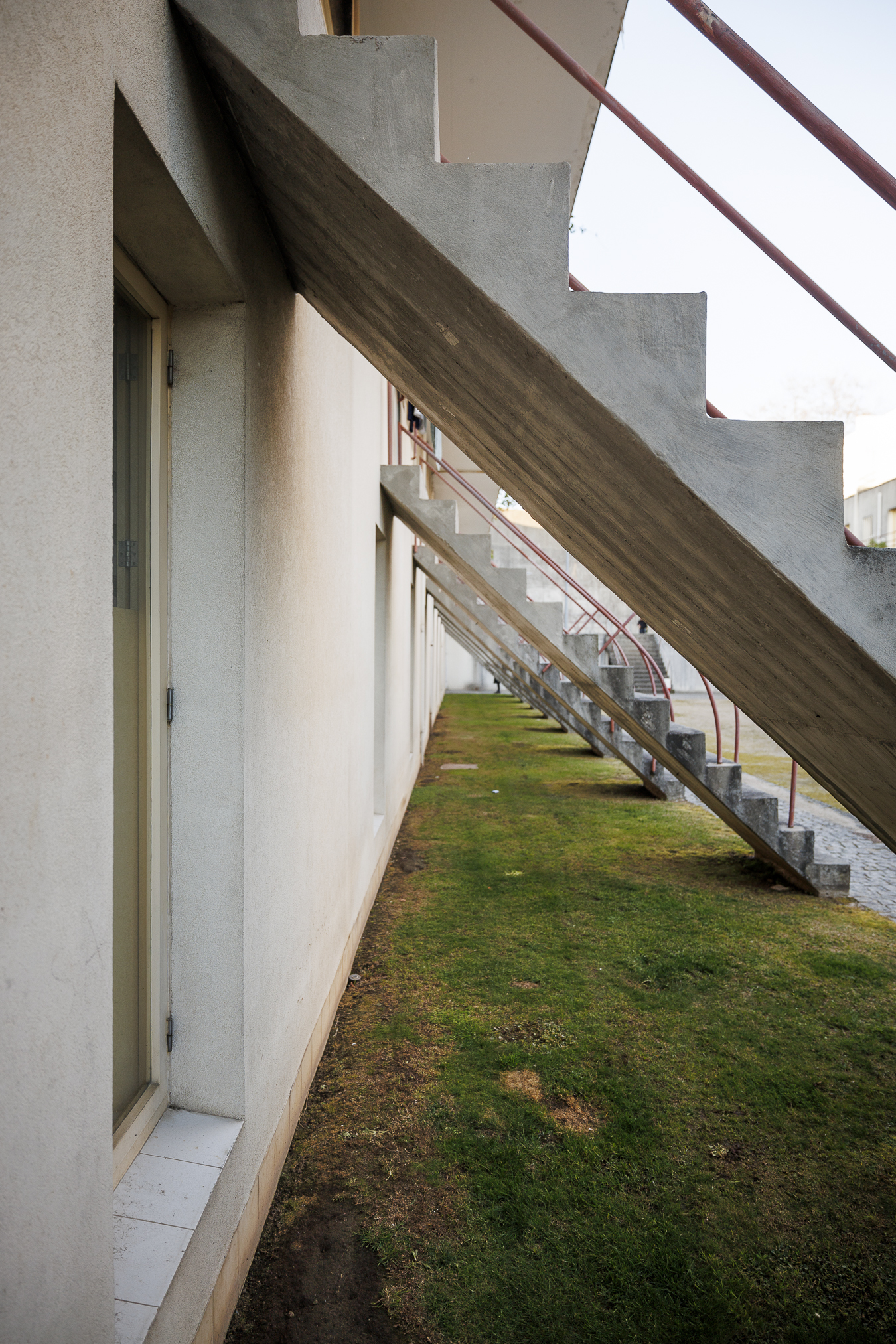
© Guilherme Costa Oliveira
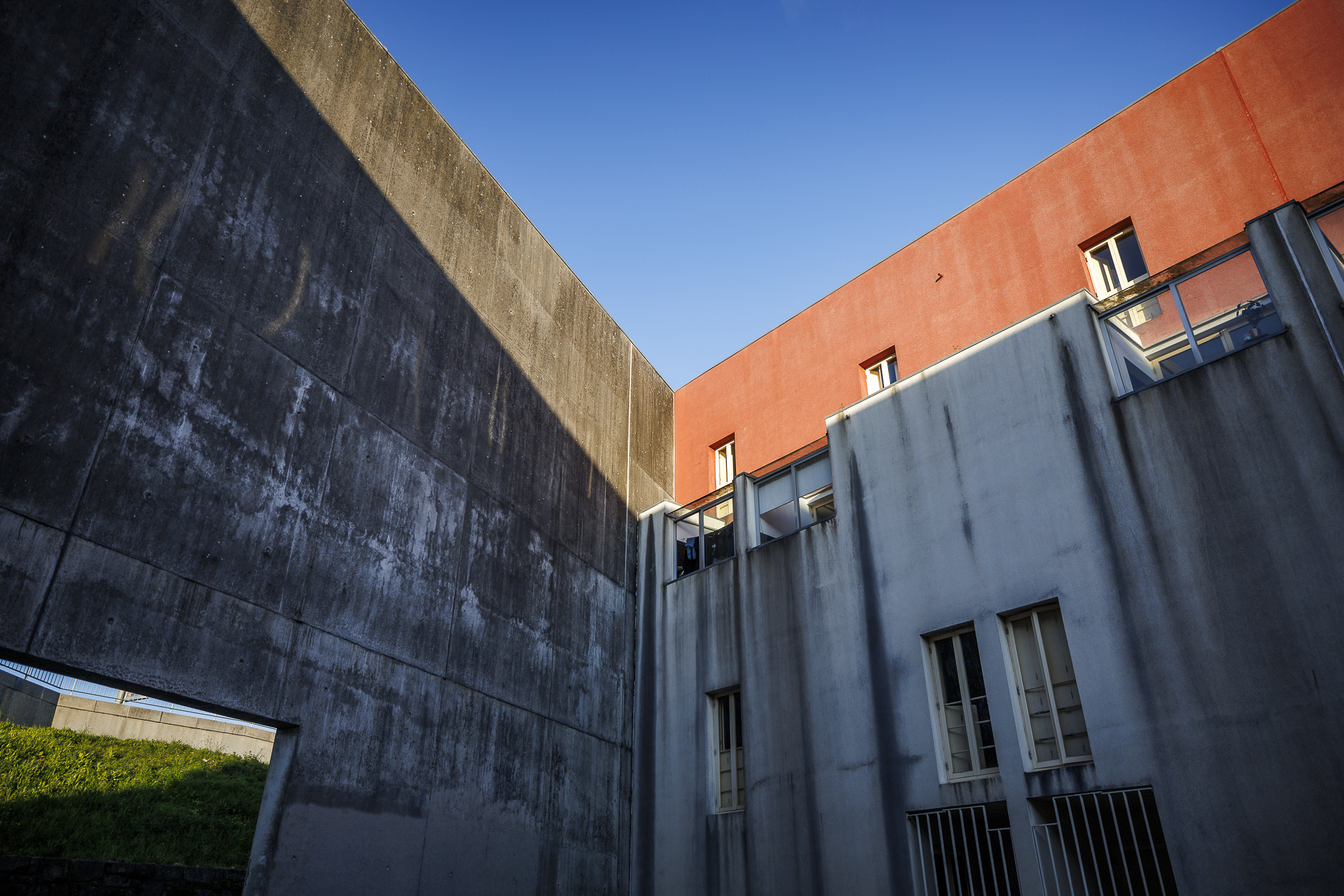
© Guilherme Costa Oliveira
Share
FB
X
WA
LINK
Relacionados


